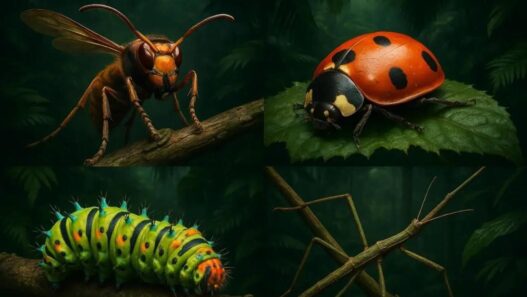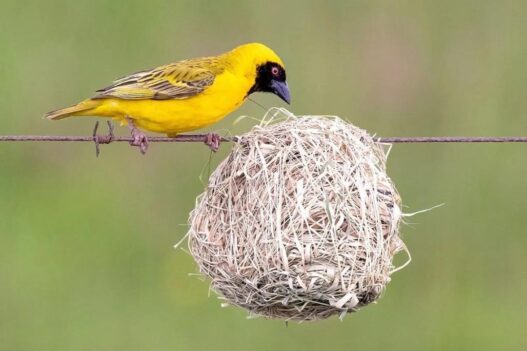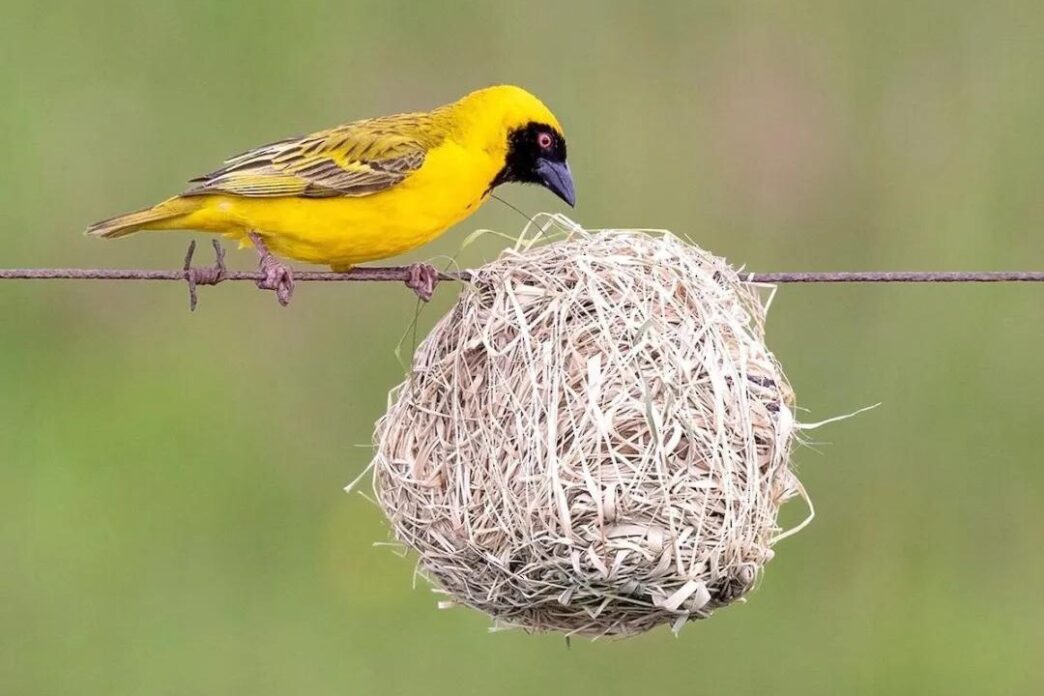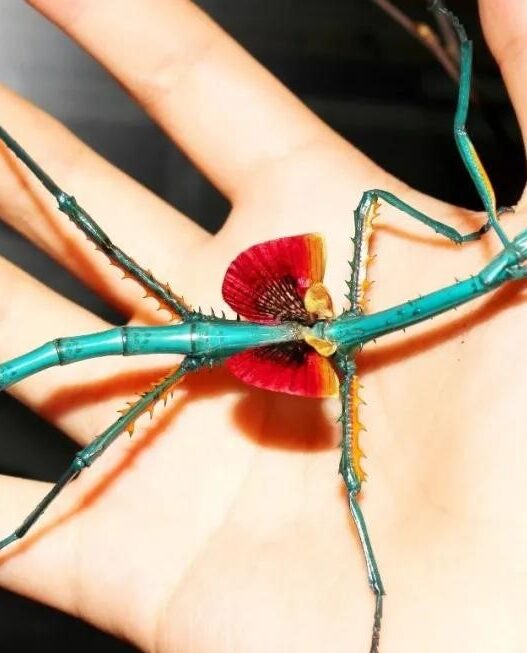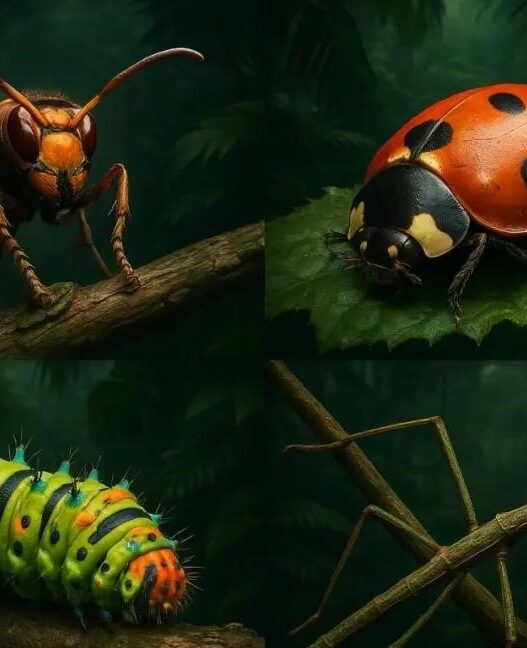When you think of a bird nest, what comes to mind? Probably a rough little bowl of twigs tucked into a tree—nothing fancy. But in the wild, some birds turn into master builders, creating nests so unique and sophisticated you’d think they hired a contractor. Using everything from spider silk to saliva, leaves, and even plastic, these birds transform ordinary materials into jaw-dropping homes.
Let’s dive into 11 of the most extraordinary bird nest designs that showcase the wild side of avian architecture.
1.Montezuma Oropendola: Hanging Fruit-Like Nests
Found in the coastal areas of Central America, the Montezuma Oropendola builds long, bag-like nests that hang like tropical fruit from tall trees. A single male oversees a colony of females, each of whom builds her own nest—sometimes over 100 nests in one tree! Woven from twigs and vines, these hanging homes are as sturdy as they are beautiful.
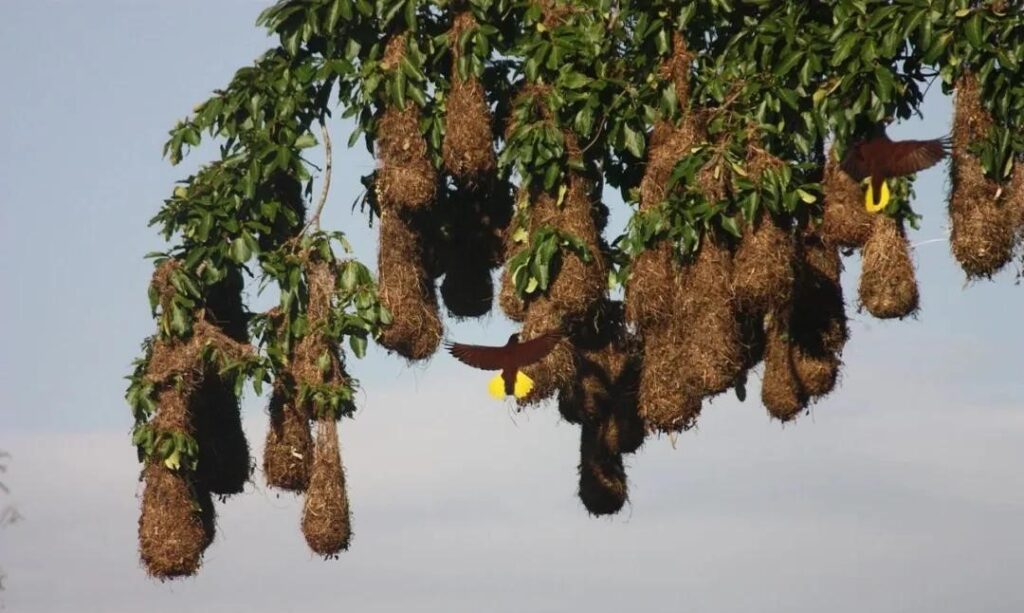
2. Malleefowl: The Ground Incubator
Instead of nesting in trees, the Malleefowl constructs massive ground mounds using sand and rotting vegetation. These mounds can stretch up to 45 meters in circumference and reach 60 cm in height. The decomposing plant matter generates heat, naturally incubating the eggs. Once hatched, chicks must dig their way out—a 15-hour mission!
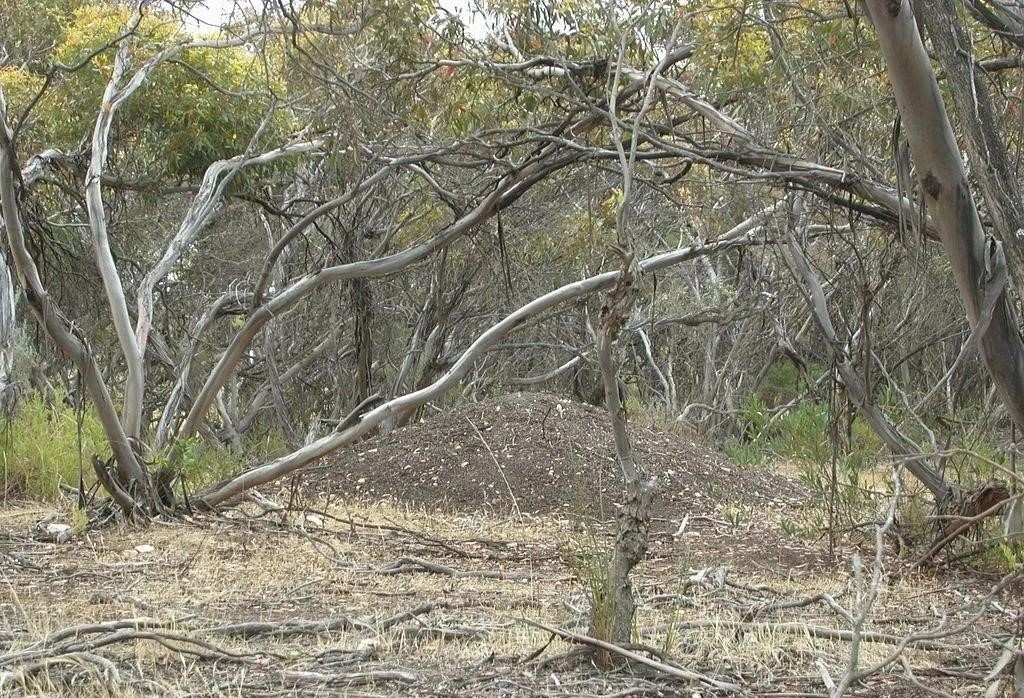
3. African Jacana: Floating Nest Engineer
The African Jacana is the king of buoyant parenting. The male builds floating nests using aquatic plants and offers a few options for the female to choose from. Once she lays the eggs, he takes full responsibility for incubation and raising the chicks while the female explores other romantic prospects.
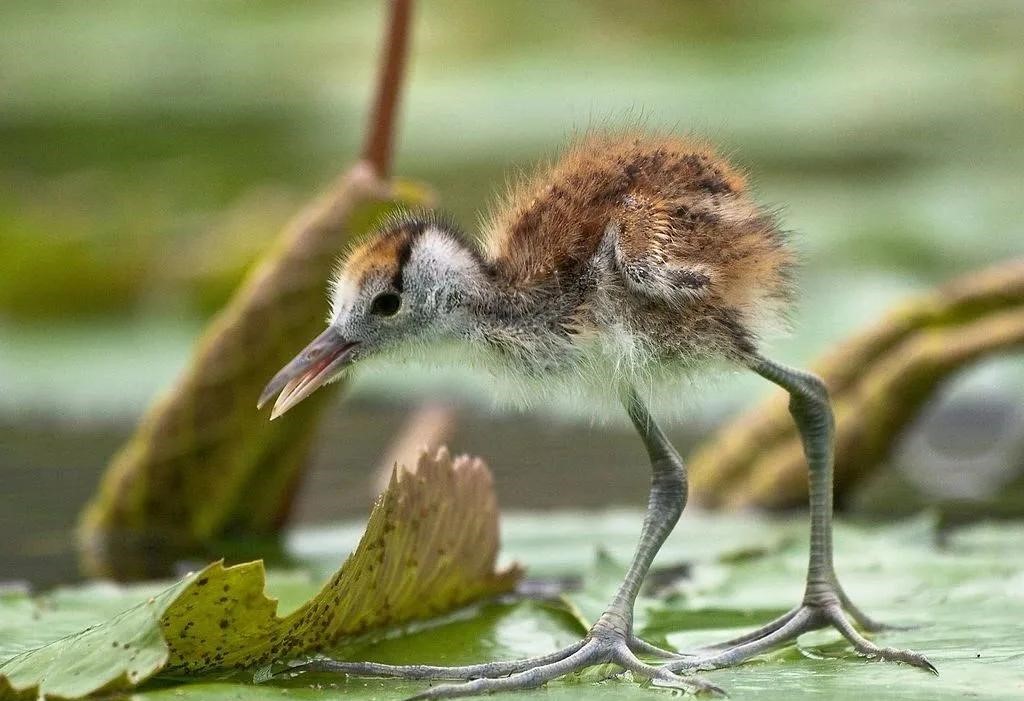
4.Elf Owl: Cactus-Dwelling Survivor
In the deserts of the American Southwest, the Elf Owl makes its home inside the holes of giant, spiny cacti like the saguaro. These tiny owls rely on abandoned woodpecker cavities but face challenges like wildfires and habitat loss, making them one of the more vulnerable species in their region.
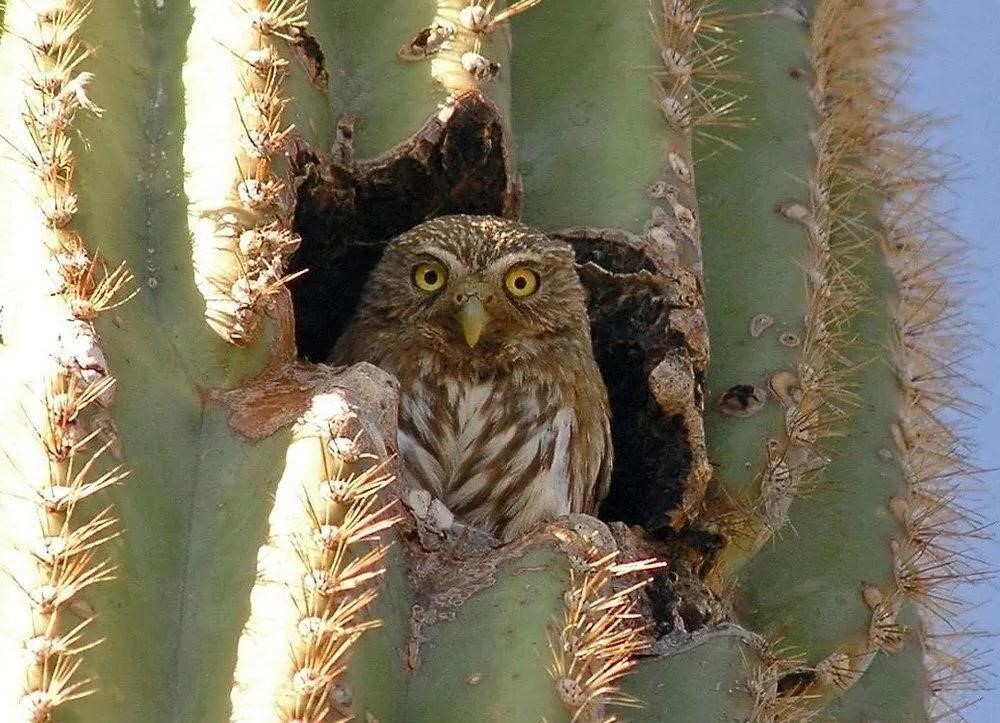
5. Sociable Weaver: Nature’s Apartment Complex
The Sociable Weaver of Southern Africa doesn’t settle for one nest—it builds communal nest structures that house hundreds of birds. These massive nests, which resemble haystacks in trees, are engineered for temperature control and long-term use. Even other bird species often move in, though snakes sometimes do too.
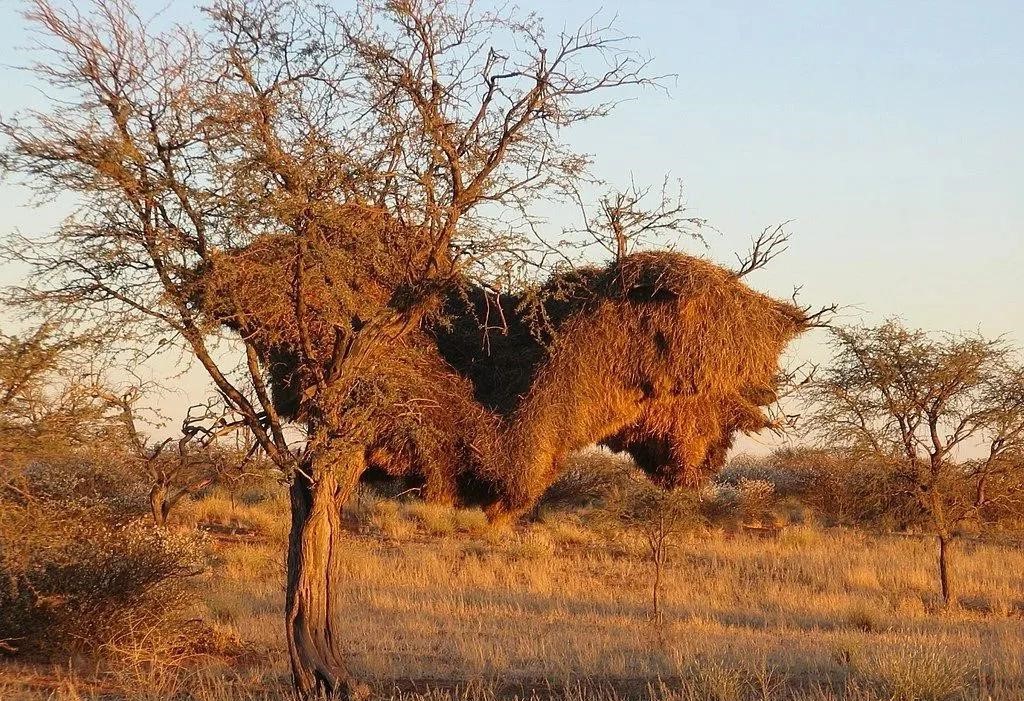
6. Edible-Nest Swiftlet: Saliva-Based Construction
In Southeast Asia, the Edible-nest Swiftlet uses its own saliva to craft nests attached to cave walls. These white, gelatinous structures are collected to make bird’s nest soup, a delicacy claimed to offer various health benefits—though the idea of “edible bird spit” isn’t for everyone.
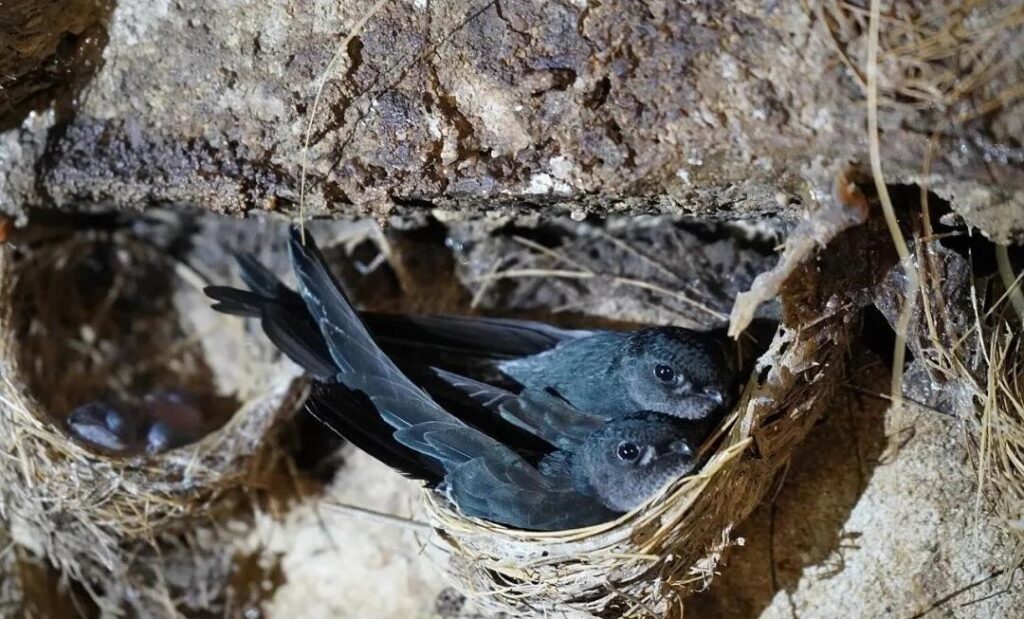
7. Bowerbird: The Ultimate Show Home
Male Bowerbirds go all out to impress females by building elaborate bowers decorated with colorful objects—feathers, berries, shells, and even bottle caps. These structures aren’t nests but bachelor pads to attract mates. If the decor doesn’t win approval, the male may lose his shot at love—and his bower to opportunistic critters.
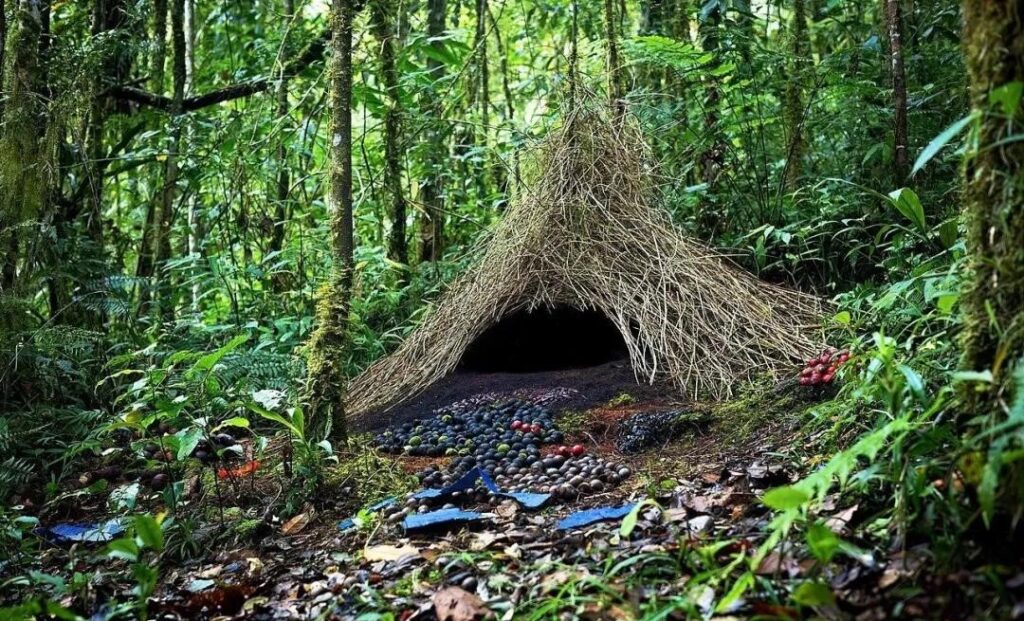
8. Rufous Hornero: Clay Pot Homes
The Rufous Hornero, a bird native to South America, builds nests from mud and clay, shaping them to look like mini ovens or pots. These structures are durable and weather-resistant, often reused by other birds. Their adaptability even extends to urban settings.
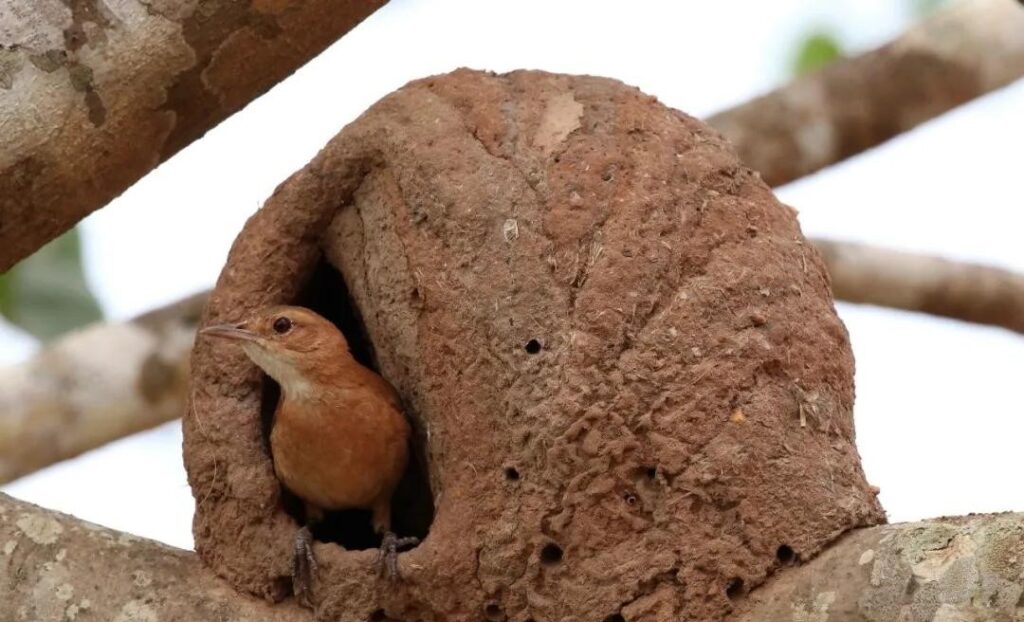
9. Penduline Tit: Soft Nests with a Decoy Entrance
The Eurasian Penduline Tit creates some of the most intricate and plush nests, using materials like plant fibers, animal hair, and spider silk. Some nests include false entrances to throw off predators. These cozy homes are so well-made they’ve been repurposed by humans as coin purses or decorative items.
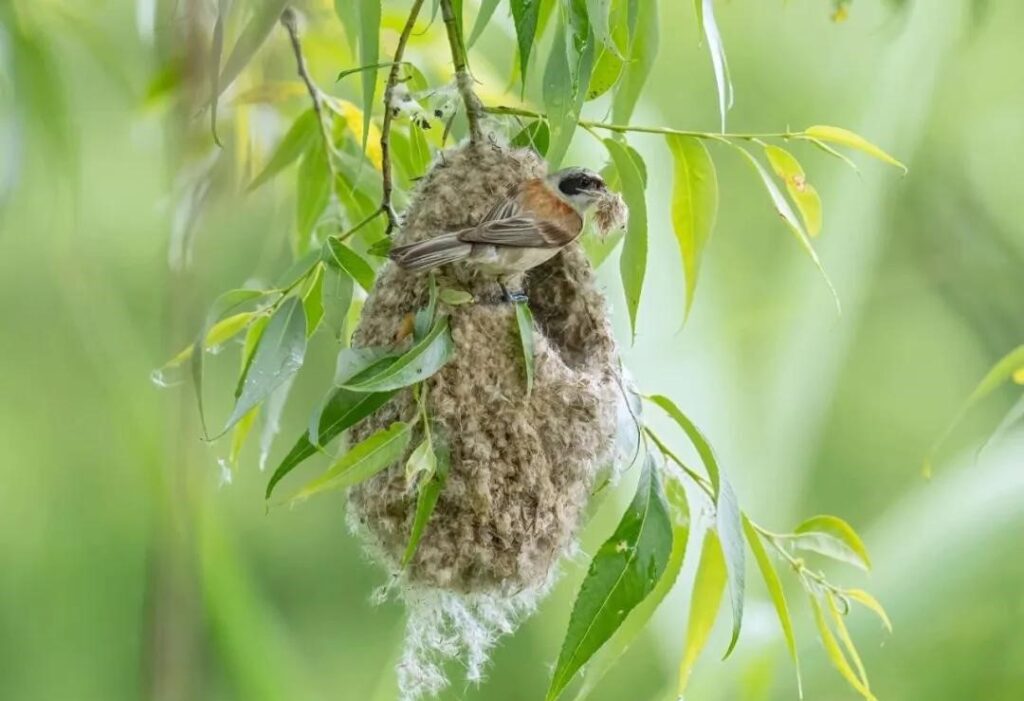
10. Bee-eater: Master of the Underground Nest
Bee-eaters dig their nests in sandy banks or cliff faces, creating hidden burrows with spacious interiors. Using their beaks as shovels and feet as sweepers, they carve out perfect nesting spots. Once abandoned, these burrows often get new tenants like snakes or bats.
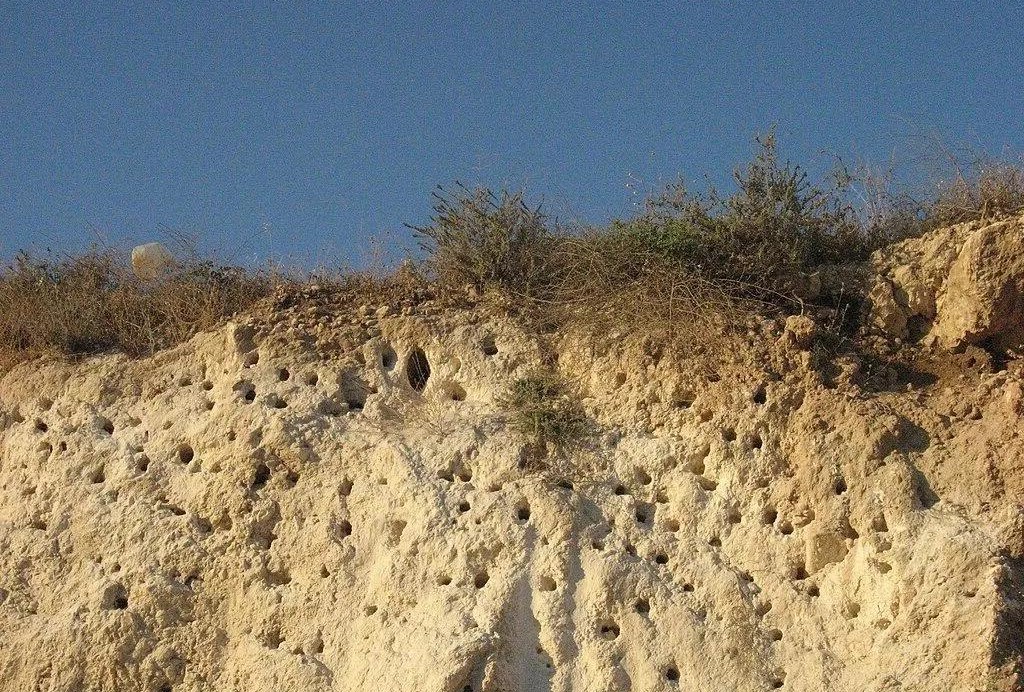
11. Village Weaver: The Grass Architect
In parts of Africa, the Village Weaver stands out for its weaving skills. Males construct over 20 nests each breeding season using grass and palm leaves. If a female likes what she sees, he adds an entrance tunnel—a final touch in his architectural courtship.
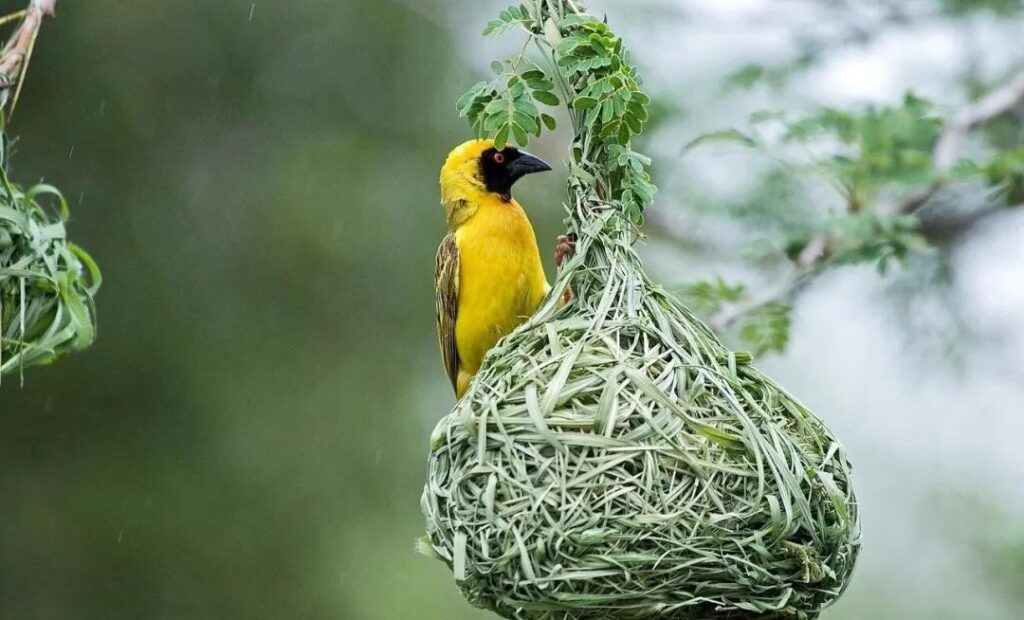
Final Thoughts: Nature’s Unexpected Engineers
Birds aren’t just flyers—they’re engineers, decorators, and survivalists. Their nests are far more than baby cradles; they’re personal expressions of ingenuity and instinct. So next time you spot a nest, take a closer look—it might just be a masterpiece.





